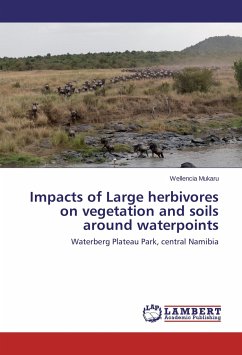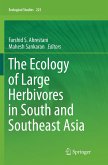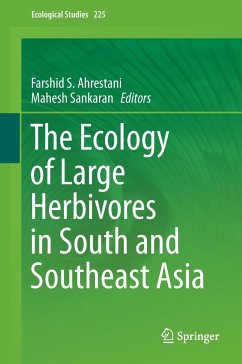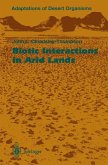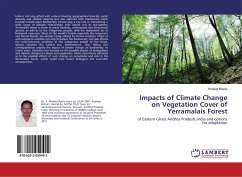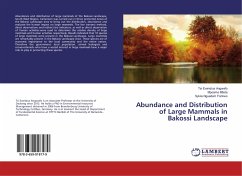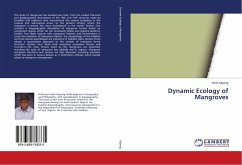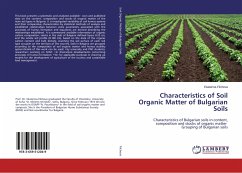Provision of artificial water points to large herbivores leads to range deterioration and degradation, especially in semi-arid and arid ecosystems. This is a cause for concern in both protected and private lands in Namibia and elsewhere. Therefore, the objective of this study was to determine the impact of large herbivores on soils and vegetation around water points in the Waterberg Plateau Park. The results indicated lower plant densities, cover, basal areas, diversity and richness at water points (0m), than the further distances from the water. Height class and basal area class distributions generally portrayed a similar trend throughout the study area. Hierarchical Cluster Analysis classified the vegetation plots into 10 main clusters based on species presence/absence data. Detrended Correspondence Analysis indicated a complex interaction of gradients, which have influenced the patterns in species composition. Canonical Correspondence Analysis indicated that phosphorus, cationexchange capacity and clay accounted for significant variation in species composition.
Bitte wählen Sie Ihr Anliegen aus.
Rechnungen
Retourenschein anfordern
Bestellstatus
Storno

